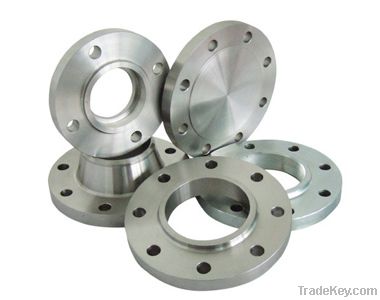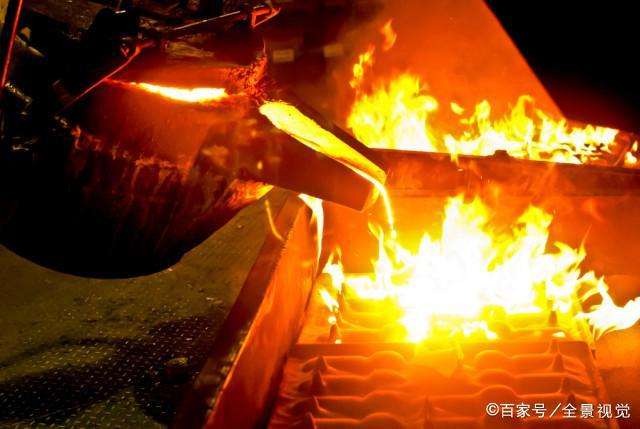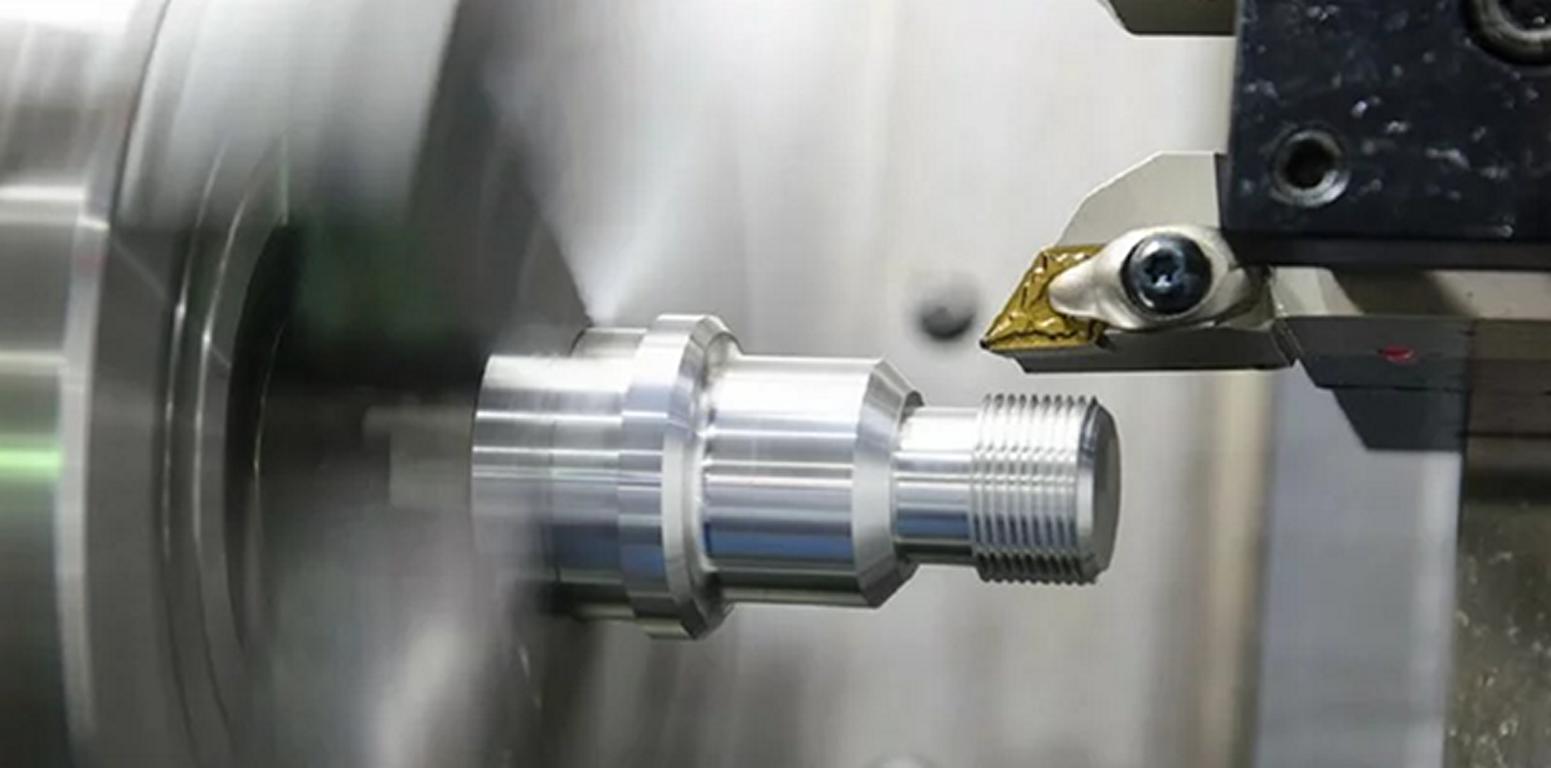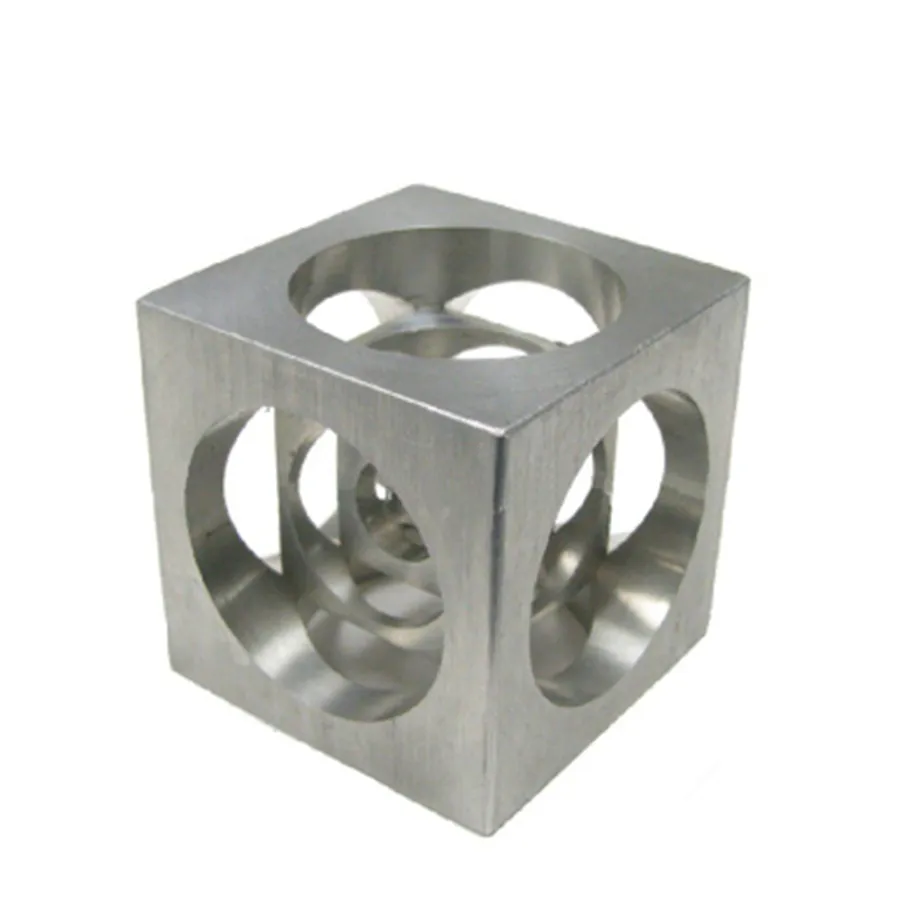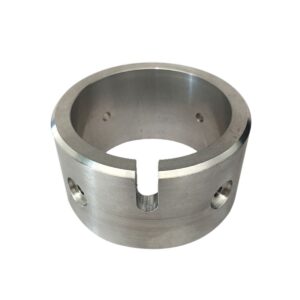
Aluminum alloys offer a unique combination of properties that make them indispensable across countless industries (aerospace, automotive, construction, packaging, electronics, etc.). Here’s a breakdown of their key advantages:
Low Density / High Strength-to-Weight Ratio:
Aluminum is about 1/3 the density of steel.
Alloying and heat treatment significantly increase its strength.
This results in components that are strong yet lightweight, crucial for fuel efficiency in transportation (cars, planes, trains, ships) and ease of handling/manufacturing.
Excellent Corrosion Resistance:
Aluminum naturally forms a thin, adherent, and protective oxide layer (Al₂O₃) on its surface when exposed to air.
This layer is self-repairing and provides excellent resistance to atmospheric corrosion, many chemicals, and seawater (especially certain alloys like 5xxx and 6xxx series).
Anodizing can further enhance this protective layer and add color.
High Electrical and Thermal Conductivity:
Aluminum has about 60% of the electrical conductivity of copper but is lighter and cheaper.
This makes it the dominant material for high-voltage power transmission lines and many electrical applications (busbars, wiring).
Its excellent thermal conductivity is vital for heat sinks (electronics, LED lighting), heat exchangers, and cookware.
Good Workability and Formability:
Aluminum alloys are generally easy to fabricate.
They can be readily extruded into complex profiles (a major advantage in construction), rolled into thin foil or plates, drawn into wire or tubes, forged, and machined (many alloys have good machinability).
Good Machinability:
Many aluminum alloys (especially free-machining grades like 2011 and 6020) are relatively soft and easy to cut, allowing for high-speed machining, complex shapes, good surface finishes, and reduced tool wear compared to steel.
High Reflectivity:
Aluminum has high reflectivity for both visible light and radiant heat.
This makes it ideal for light fixtures, reflectors, thermal insulation (building wraps), and decorative applications.
Non-Toxic and Non-Magnetic:
Aluminum is non-toxic, making it suitable for food and beverage packaging (cans, foil, trays), cookware, and medical applications.
It is non-magnetic, essential for certain electrical applications and MRI equipment.
Excellent Recyclability:
Aluminum is 100% recyclable without any loss of its inherent properties.
Recycling requires only about 5% of the energy needed to produce primary aluminum from bauxite ore.
This makes it one of the most economically and environmentally sustainable metals available, with a well-established recycling infrastructure.
Ductility and Toughness:
Aluminum alloys generally retain good ductility (ability to deform without breaking) and toughness (especially at cryogenic temperatures) even after strengthening treatments. This contributes to crashworthiness in vehicles.
Versatility Through Alloying:
The properties of aluminum can be extensively tailored by adding alloying elements (like Cu, Si, Mg, Mn, Zn) and applying different heat treatments (T4, T6, etc.).
This creates a vast family of alloys optimized for specific needs: high strength (2xxx, 7xxx), weldability and corrosion resistance (5xxx, 6xxx), castability (3xx.x, 4xx.x), or machinability.
Aesthetic Appeal:
Aluminum can be easily finished using anodizing, painting, powder coating, or polishing to achieve a wide range of durable and attractive appearances.
Summary Table of Key Advantages:
| Property | Advantage | Common Applications |
| Low Density | Lightweight components | Aircraft, vehicles, portable structures |
| High Strength-to-Weight | Strong yet lightweight structures | Aerospace frames, automotive parts, bicycle frames |
| Corrosion Resistance | Longevity with minimal maintenance | Marine components, building facades, chemical tanks |
| Thermal Conductivity | Efficient heat dissipation | Heat sinks, cookware, heat exchangers |
| Electrical Conductivity | Efficient power transmission (lighter than copper) | Power lines, busbars, electrical wiring |
| Formability | Complex shapes possible | Extrusions (window frames), car body panels, cans |
| Recyclability | Sustainable, energy-efficient material cycle | All sectors, especially packaging and automotive |
| Non-Toxicity | Safe for food/medical use | Beverage cans, food packaging, pharmaceutical equipment |
| Reflectivity | Light/heat reflection | Lighting fixtures, insulation, decorative surfaces |
Important Considerations (Limitations):
Lower Stiffness: Aluminum has a lower modulus of elasticity than steel, meaning it deflects more under the same load (requires thicker sections sometimes).
Lower Melting Point: Not suitable for very high-temperature applications compared to steel or titanium.
Fatigue Strength: Can be lower than steel under cyclic loading (though good design mitigates this).
Cost: While cheaper than some metals (copper, titanium), it can be more expensive than commodity steels, though the life-cycle cost often favors aluminum.
Joining: Welding requires specific techniques (especially heat-treatable alloys), and galvanic corrosion must be managed when joining to other metals.
Overall, the unique combination of light weight, strength, corrosion resistance, conductivity, formability, and recyclability makes aluminum alloys an exceptionally versatile and valuable engineering material.

